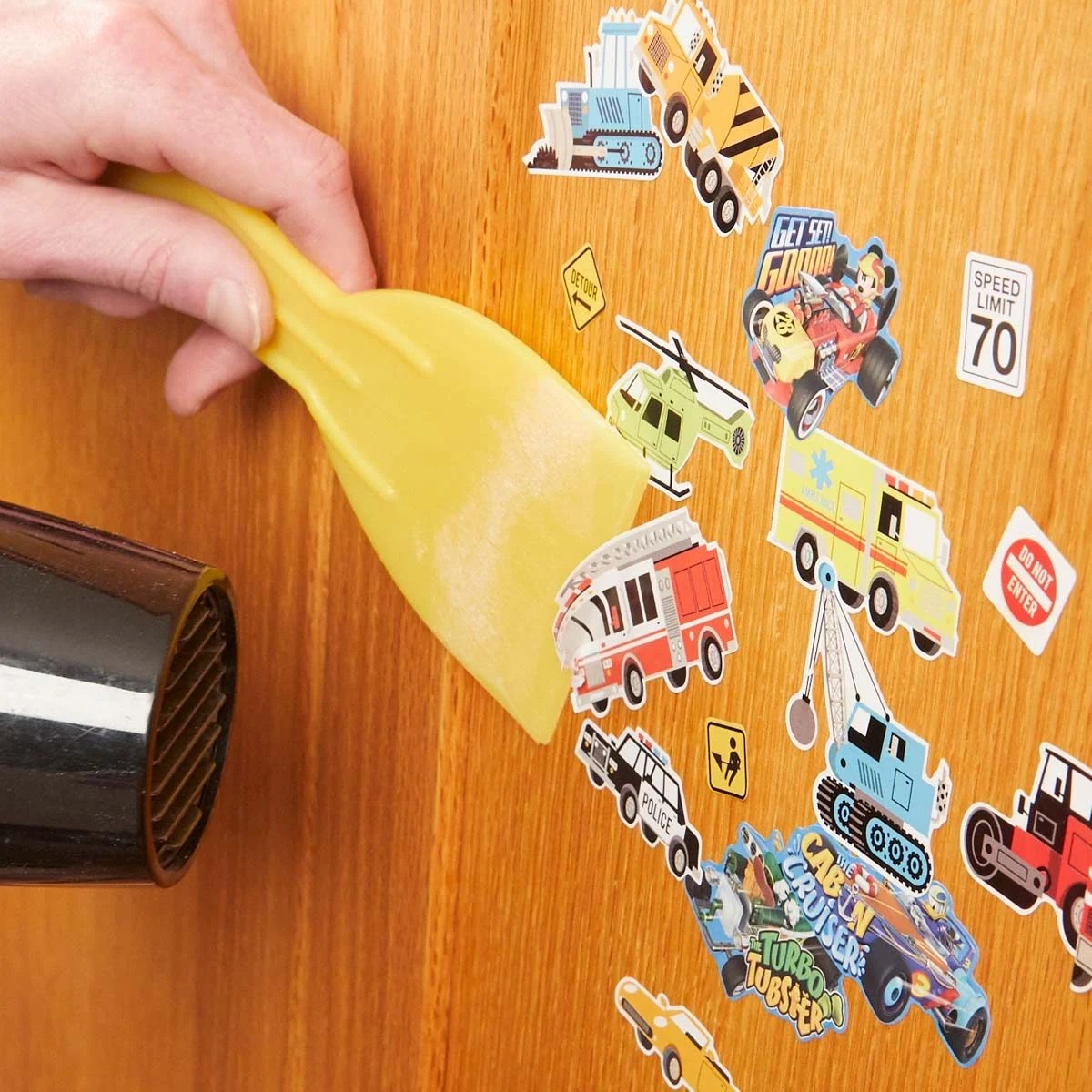

Articles
How To Remove Sticker From Wood Furniture
Modified: May 6, 2024
Learn how to efficiently remove stickers from your wood furniture using simple methods and common household items. Preserve the beauty of your furniture by tackling sticker residue with ease.
(Many of the links in this article redirect to a specific reviewed product. Your purchase of these products through affiliate links helps to generate commission for Storables.com, at no extra cost. Learn more)
Introduction
Furniture plays a crucial role in the overall aesthetics and functionality of any living space. Whether it’s a cozy wooden chair or a grand dining table, furniture adds character and style to our homes. However, one common issue many furniture owners face is dealing with sticky residue left behind by stickers or labels. Removing stickers from wood furniture can be a challenging task, as the adhesive can leave stubborn marks and damage the wood surface if not handled properly.
In this article, we will explore various methods and techniques to effectively remove stickers from wood furniture without causing any harm. These methods are simple, cost-effective, and can be done using everyday household items. So, let’s dive into these techniques and restore the beauty of your wood furniture.
Key Takeaways:
- Easily remove stickers from wood furniture using everyday household items like a hairdryer, oil, vinegar, or commercial removers. Follow precautions and additional tips for a hassle-free and effective sticker removal process.
- Preserve the beauty of your wood furniture by testing removal methods, using gentle techniques, and seeking professional help for delicate or valuable pieces. Regular maintenance and caution will ensure a sticker-free and lustrous finish.
Read more: How To Remove Stickers From Glassware
Method 1: Using Heat
Supplies needed:
- Hairdryer or heat gun
- Plastic scraper or credit card
- Microfiber cloth
- Mild soap or wood cleaner
Step 1: Applying heat
Start by plugging in the hairdryer or heat gun and setting it to a low or medium heat setting. Hold it a few inches away from the sticker and move it around in a circular motion. The heat will soften the adhesive, making it easier to remove.
Step 2: Removing the sticker residue
Once the sticker has been heated for a few seconds, carefully lift one corner using a plastic scraper or credit card. Gently peel back the sticker, applying more heat if needed. Be cautious not to scrape too hard to avoid damaging the wood surface. Continue removing the sticker until it’s completely detached.
Step 3: Cleaning the surface
After removing the sticker, there might be some residue left behind. Take a clean microfiber cloth and dampen it with a mild soap or wood cleaner. Gently rub the residue in a circular motion until it’s completely eliminated. Make sure not to use excessive force to prevent scratching the wood.
Precautions to consider
- Avoid overheating the wood as it can cause damage. Keep the hairdryer or heat gun at a moderate temperature and maintain a safe distance.
- If the sticker is located in an intricate or delicate area, it’s advisable to seek professional help or try alternative methods to avoid any potential damage.
- Always test the heat method on a small, inconspicuous area of the furniture before applying it to the entire sticker to ensure it doesn’t cause any adverse effects.
- Handle the hairdryer or heat gun with caution to prevent burns or accidents.
Method 2: Using Oil or Lubricant
Supplies needed:
- Vegetable oil, cooking oil, or any household lubricant
- Plastic scraper or credit card
- Microfiber cloth
- Mild soap or wood cleaner
Step 1: Applying the oil or lubricant
Begin by pouring a small quantity of vegetable oil, cooking oil, or any household lubricant onto the sticker area. Allow it to sit for a few minutes to penetrate the adhesive.
Step 2: Removing the sticker residue
Using a plastic scraper or credit card, gently lift one corner of the sticker and start peeling it off. If it resists, apply more oil or lubricant and let it sit for a while longer. Continue peeling until the sticker is completely removed.
Step 3: Cleaning the surface
Take a clean microfiber cloth and dampen it with a mild soap or wood cleaner. Wipe the area where the sticker was to eliminate any leftover residue. Gently scrub in a circular motion, ensuring not to apply too much pressure that could damage the wood surface.
Precautions to consider
- Be careful not to use excessive amounts of oil or lubricant, as it may seep into the wood and leave stains or cause other damage.
- Before applying the oil or lubricant, test it on a small, inconspicuous area of the furniture to ensure it doesn’t cause any discoloration or adverse effects.
- Avoid using harsh chemicals or solvents as they can potentially damage the wood finish.
- Protect your hands by wearing gloves when applying the oil or lubricant to prevent any reactions or irritation.
Method 3: Using Vinegar or Alcohol
Supplies needed:
- White vinegar or rubbing alcohol
- Water
- Spray bottle
- Plastic scraper or credit card
- Microfiber cloth
- Mild soap or wood cleaner
Step 1: Preparing the mixture
Dilute the white vinegar or rubbing alcohol with equal parts water in a spray bottle. Mix well to create a solution that is gentle enough for the wood surface.
Step 2: Applying the vinegar or alcohol
Spray the vinegar or alcohol mixture onto the sticker and let it sit for a few minutes. This will help loosen the adhesive and make removal easier.
Step 3: Removing the sticker residue
Using a plastic scraper or credit card, gently lift one corner of the sticker and slowly peel it off. If the sticker is resistant, spray more vinegar or alcohol solution and allow it to sit for a bit longer. Continue peeling until the sticker is completely removed.
Step 4: Cleaning the surface
Take a clean microfiber cloth and dampen it with a mild soap or wood cleaner. Gently scrub the area where the sticker was, removing any remaining residue. Ensure that you don’t apply too much pressure, which could damage the wood surface.
Precautions to consider
- Test the vinegar or alcohol solution on a small, inconspicuous area of the furniture first to ensure it doesn’t cause any discoloration or damage.
- Avoid using strong vinegar or alcohol solutions on delicate or unfinished wood surfaces, as they may cause harm.
- Always work in a well-ventilated area when using vinegar or alcohol.
- Protect your hands by wearing gloves while applying the solution to avoid any potential skin irritations.
To remove a sticker from wood furniture, try using a hairdryer to warm the sticker and then gently peel it off. Use a mild solvent like rubbing alcohol to remove any remaining residue. Be sure to test the solvent on a small, hidden area first to ensure it won’t damage the wood.
Method 4: Using Commercial Sticker Removers
Supplies needed:
- Commercial sticker remover solution
- Plastic scraper or credit card
- Microfiber cloth
- Mild soap or wood cleaner
Step 1: Applying the commercial remover
Follow the instructions provided with the commercial sticker remover to apply it onto the sticker. Typically, you’ll need to spray or dab the solution onto the sticker and let it sit for the recommended amount of time.
Step 2: Removing the sticker residue
Using a plastic scraper or credit card, gently lift one corner of the sticker and slowly peel it off. The commercial remover should make the removal process easier. Continue peeling until the sticker is completely removed.
Step 3: Cleaning the surface
Take a clean microfiber cloth and dampen it with a mild soap or wood cleaner. Gently wipe the area where the sticker was to eliminate any remaining residue. Ensure not to apply too much pressure that could damage the wood surface.
Precautions to consider
- Read and follow the instructions provided with the commercial sticker remover carefully to ensure safe and effective use.
- Some commercial sticker removers may contain strong chemicals, so it’s important to work in a well-ventilated area and avoid contact with skin or eyes. Wear gloves as a precautionary measure.
- Test the commercial sticker remover on a small, inconspicuous area of the furniture first to check for any adverse reactions or damage.
- If the sticker is located on an antique or valuable piece of furniture, it’s advisable to consult a professional before using a commercial sticker remover to prevent any potential damage.
Read more: How To Remove A Sticker From Glass
Conclusion
Removing stickers from wood furniture can be a pesky task, but with the right techniques and supplies, it can be done effectively and safely. Whether you choose to use heat, oil or lubricant, vinegar or alcohol, or a commercial sticker remover, it’s important to approach the process with caution to prevent any damage to the wood surface.
By following the step-by-step instructions provided in this article, you can remove unwanted stickers and their residue without compromising the beauty and integrity of your wood furniture. Remember to always test any method or solution on a small, inconspicuous area first to ensure it’s suitable for your particular furniture.
Additionally, it’s wise to take the necessary precautions outlined in each method, such as maintaining a safe distance with heat appliances, using gentle pressure when scraping, and protecting your hands with gloves. These measures will help ensure a successful and hassle-free sticker removal process.
Lastly, after removing the sticker and residue, don’t forget to clean the surface of the wood furniture with a mild soap or wood cleaner to restore its shine and luster. Regular maintenance and cleaning will prolong the life of your furniture and keep it looking its best.
Now armed with these methods, you can confidently tackle any sticky situation and enjoy your beautiful, sticker-free wood furniture once more.
Additional Tips and Tricks
While the methods mentioned above are effective for removing stickers from wood furniture, here are some additional tips and tricks to further help you in the process:
- If the sticker has been on the furniture for a long time or is particularly stubborn, you can try gently heating it with a hairdryer or heat gun before applying any removal method. This can help loosen the adhesive and make the removal easier.
- For delicate or antique wood furniture, it’s advisable to consult a professional before attempting any sticker removal methods, as they will have the expertise to handle and preserve such pieces without causing any damage.
- Always work in a well-lit area to ensure better visibility, which can help you spot any residual sticker or adhesive that may need further attention.
- If you’re using a commercial sticker remover, make sure to read and follow the instructions carefully to ensure safe and effective use.
- To prevent any potential damage, avoid using sharp or metal tools for scraping as they can scratch the wood surface. Instead, opt for plastic scrapers or credit cards.
- If a small amount of residue remains after sticky removal, you can try using a pencil eraser to gently rub it off. The eraser’s soft texture can effectively lift the residue without causing any damage to the wood.
- Always perform a patch test on an inconspicuous area of the furniture before using any cleaning or removal method to ensure it doesn’t negatively affect the wood finish.
- Regularly dust and clean your wood furniture to prevent the build-up of dirt and grime, which can make sticker removal more challenging.
- If you’re unsure about which method to use or have concerns about your specific furniture, it’s best to consult an expert or professional for advice and assistance.
By keeping these additional tips and tricks in mind, you’ll be well-equipped to tackle any sticker removal task and keep your wood furniture looking pristine and sticker-free.
Now that you've mastered removing stickers from wood furniture, why stop there? Dive into our article on cleaning tips for comprehensive steps to spruce up your refrigerator, keeping it spotless inside and out. After freshening up your fridge, don't miss out on our guidance for home maintenance to keep every corner of your living space in top condition. Both articles are packed with practical advice to help you maintain a beautiful and efficient home.
Frequently Asked Questions about How To Remove Sticker From Wood Furniture
Was this page helpful?
At Storables.com, we guarantee accurate and reliable information. Our content, validated by Expert Board Contributors, is crafted following stringent Editorial Policies. We're committed to providing you with well-researched, expert-backed insights for all your informational needs.
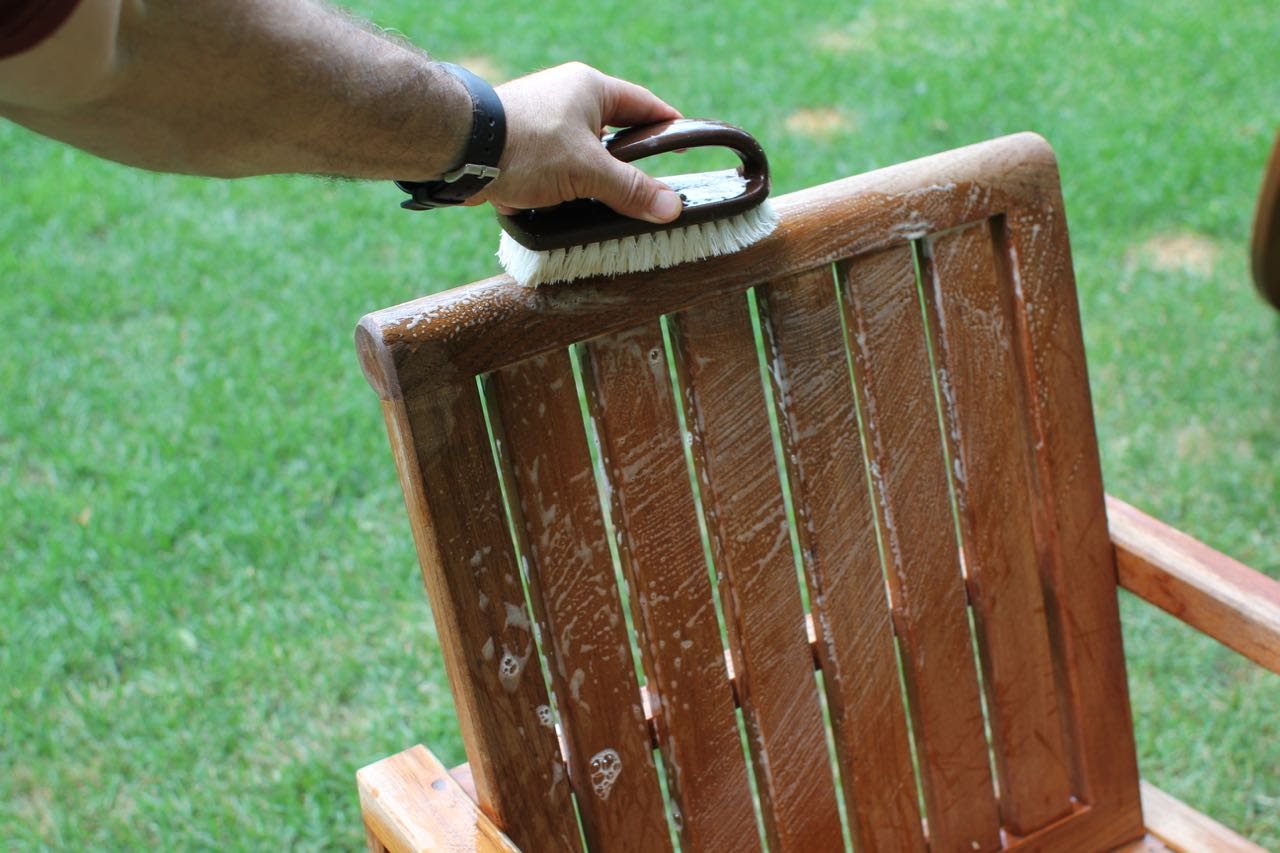
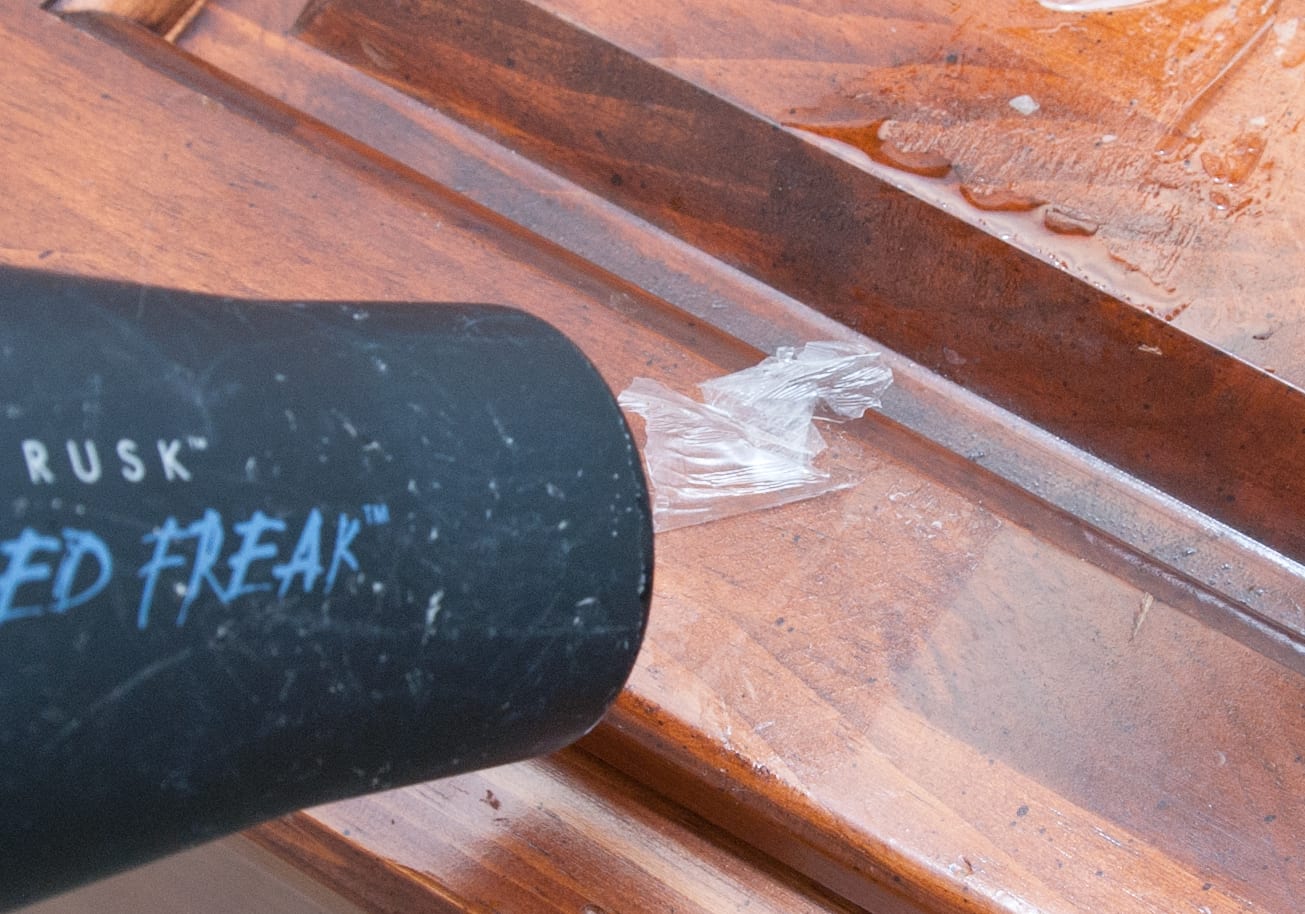
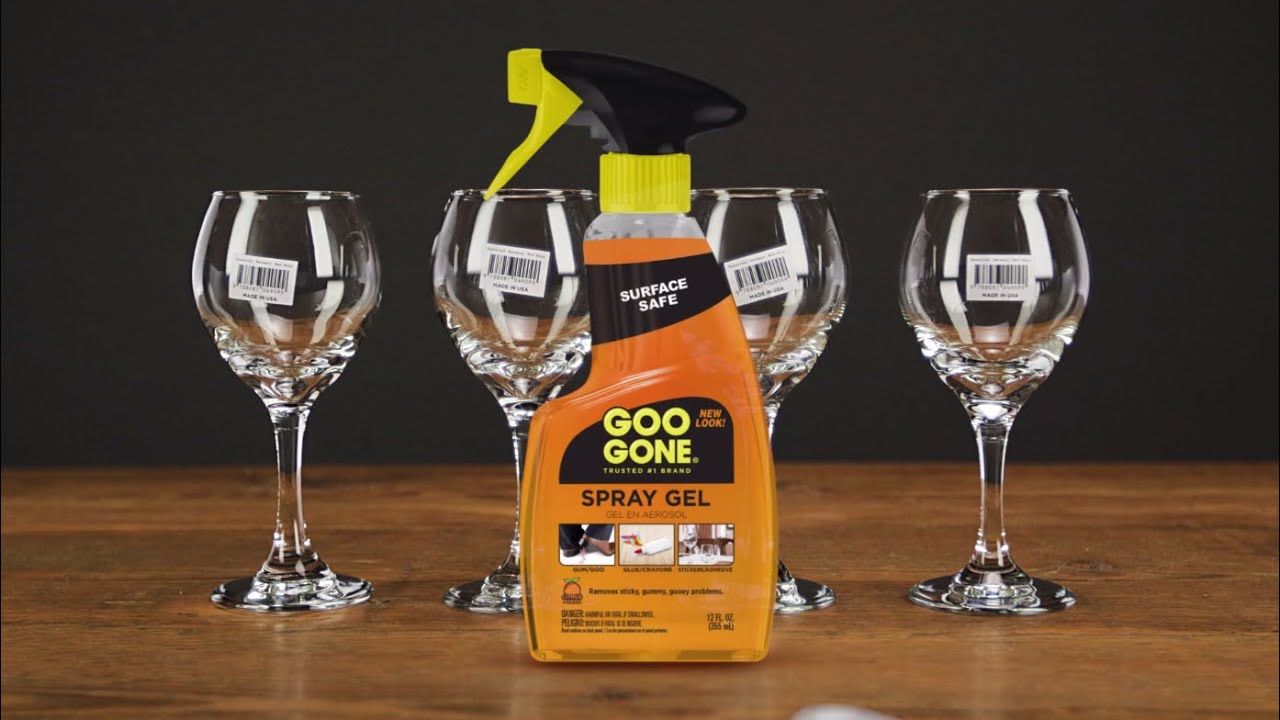
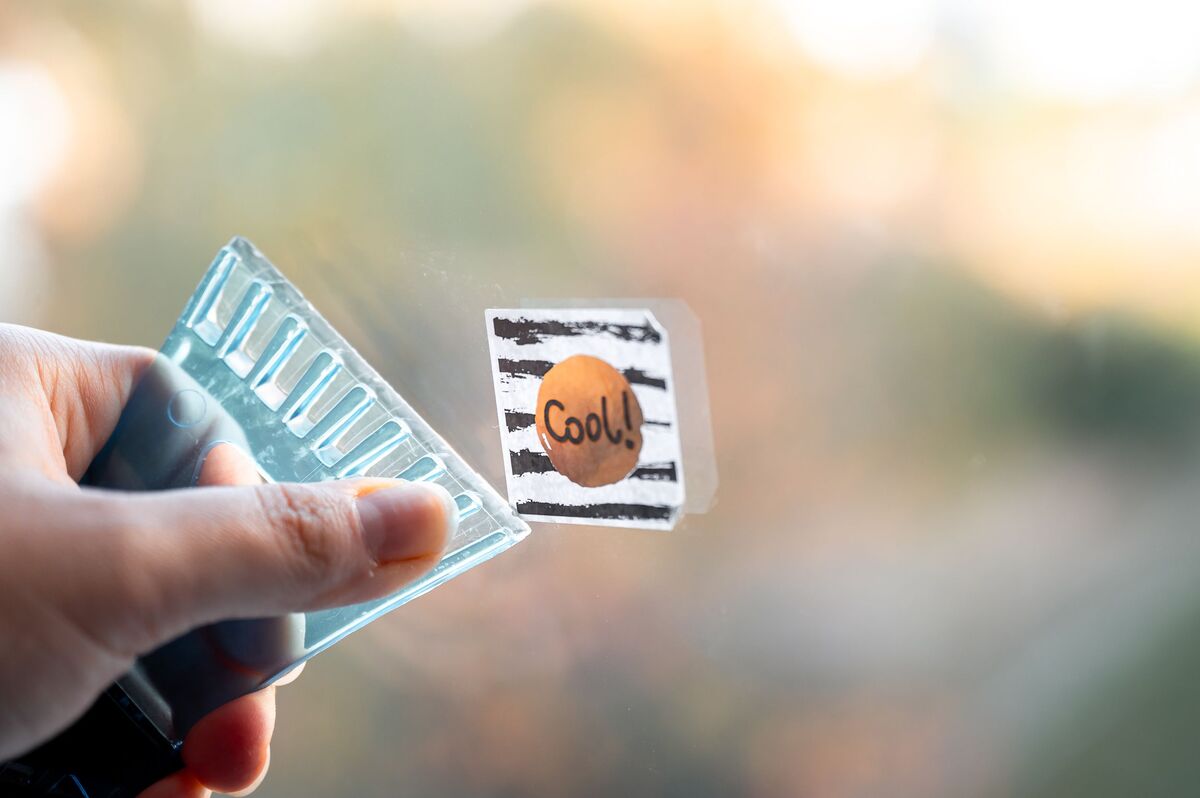
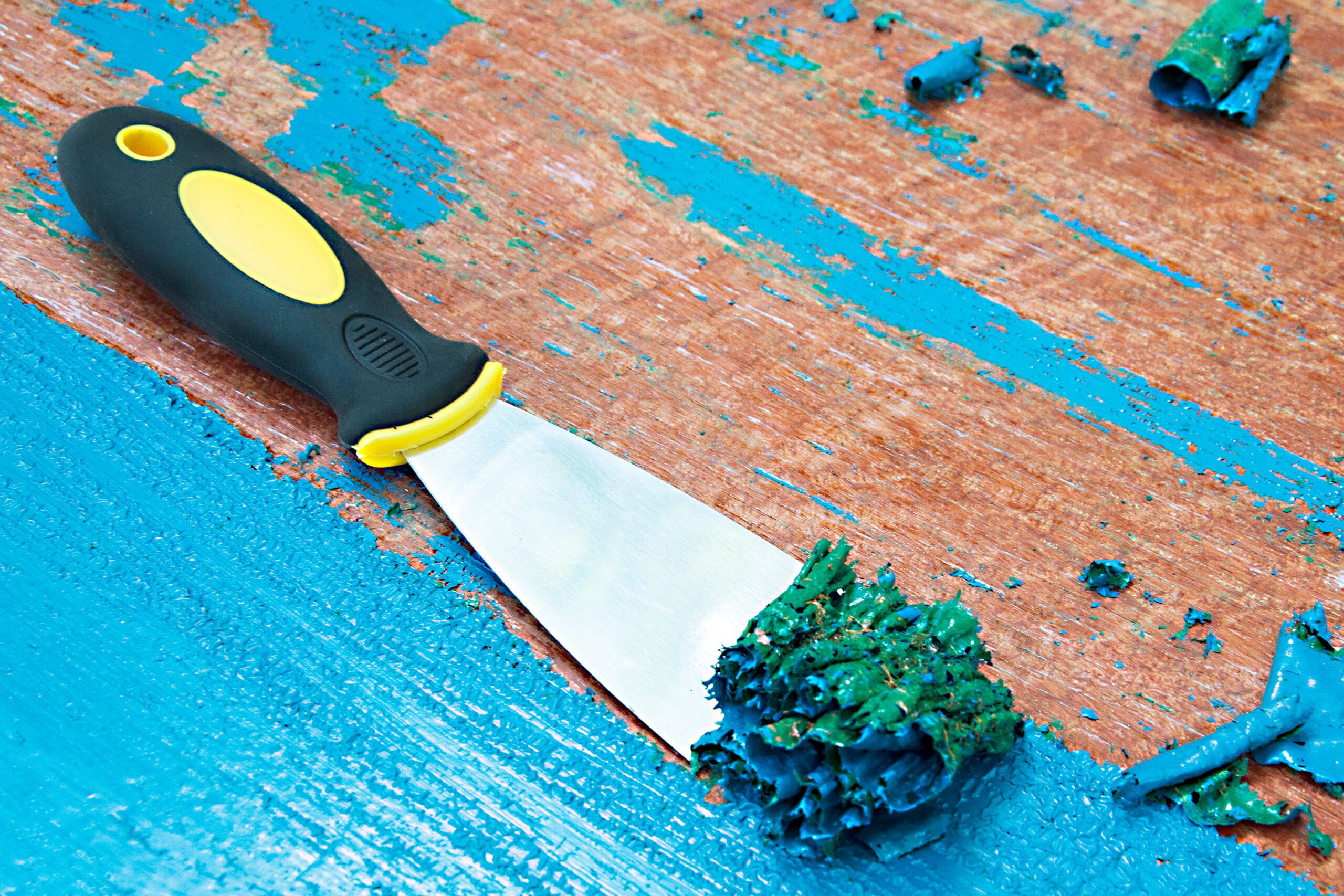
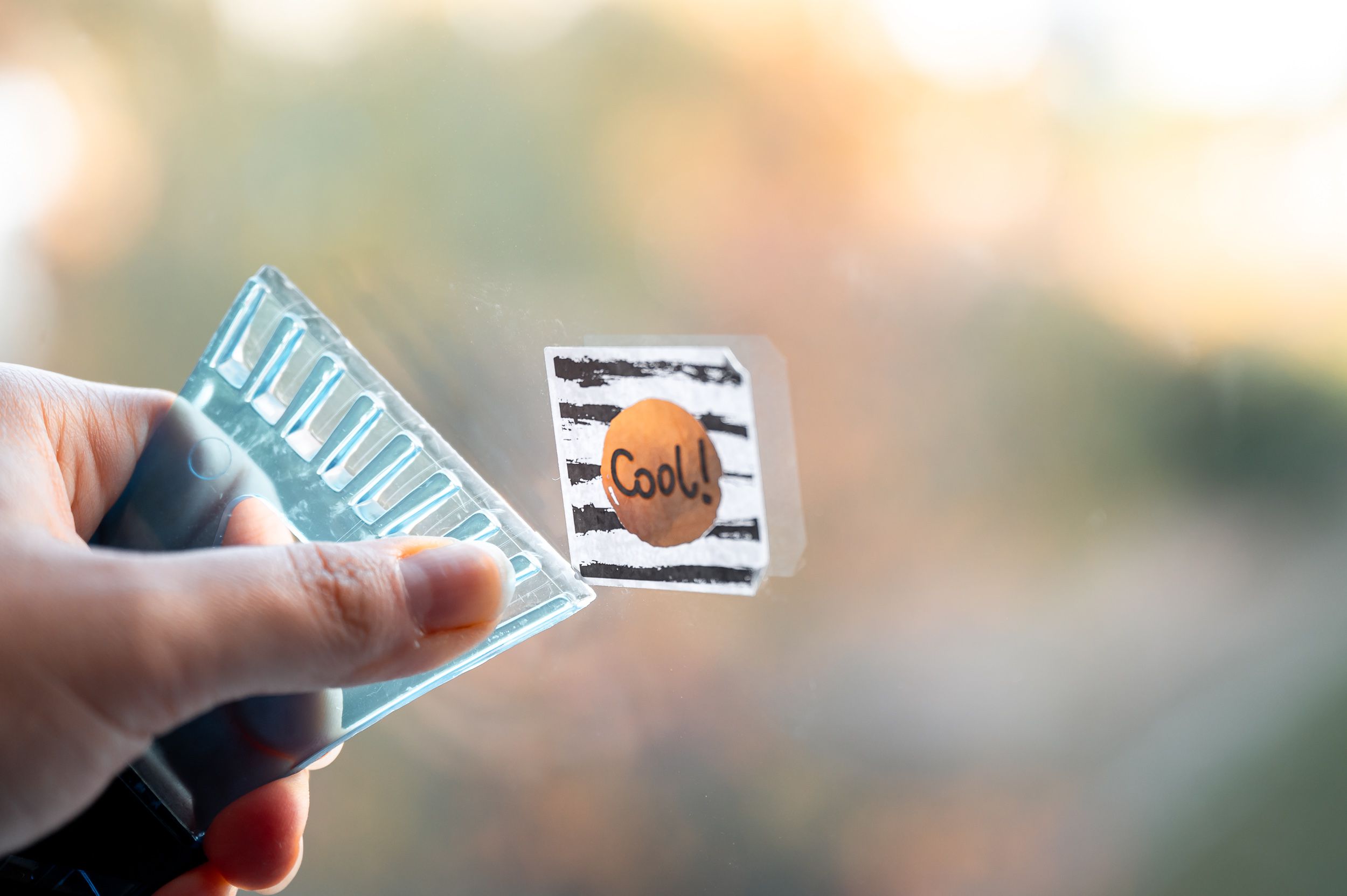
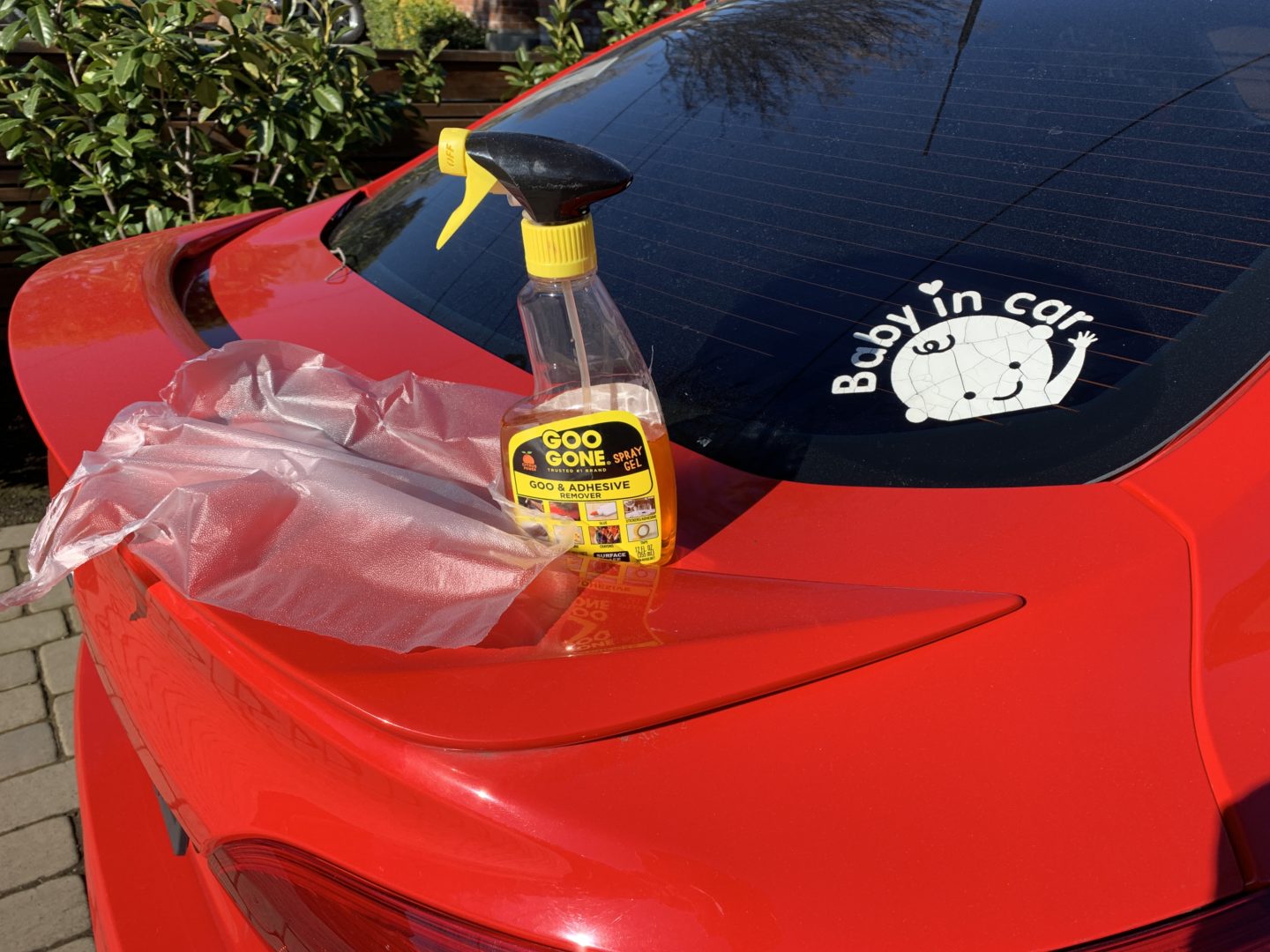
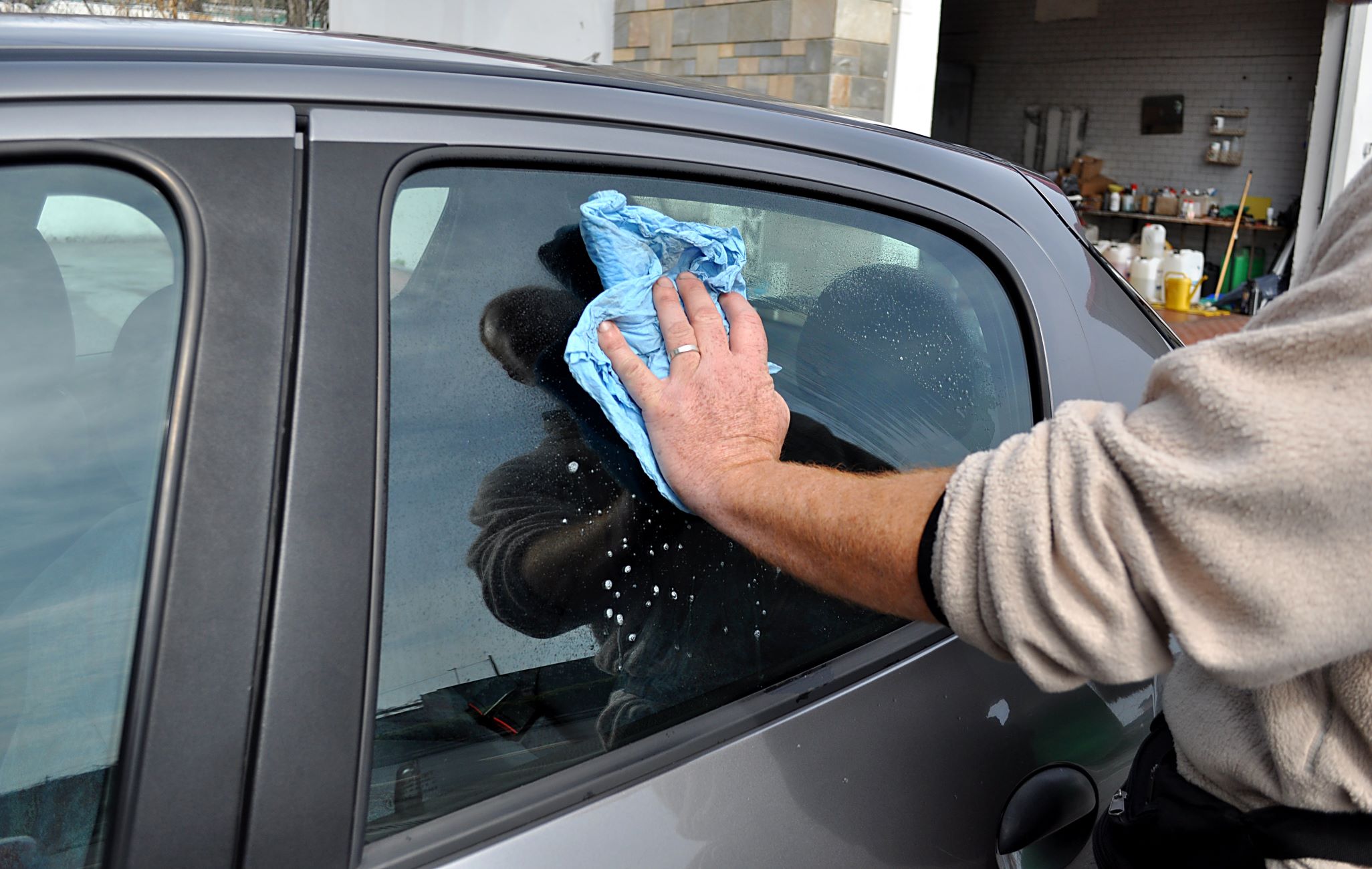
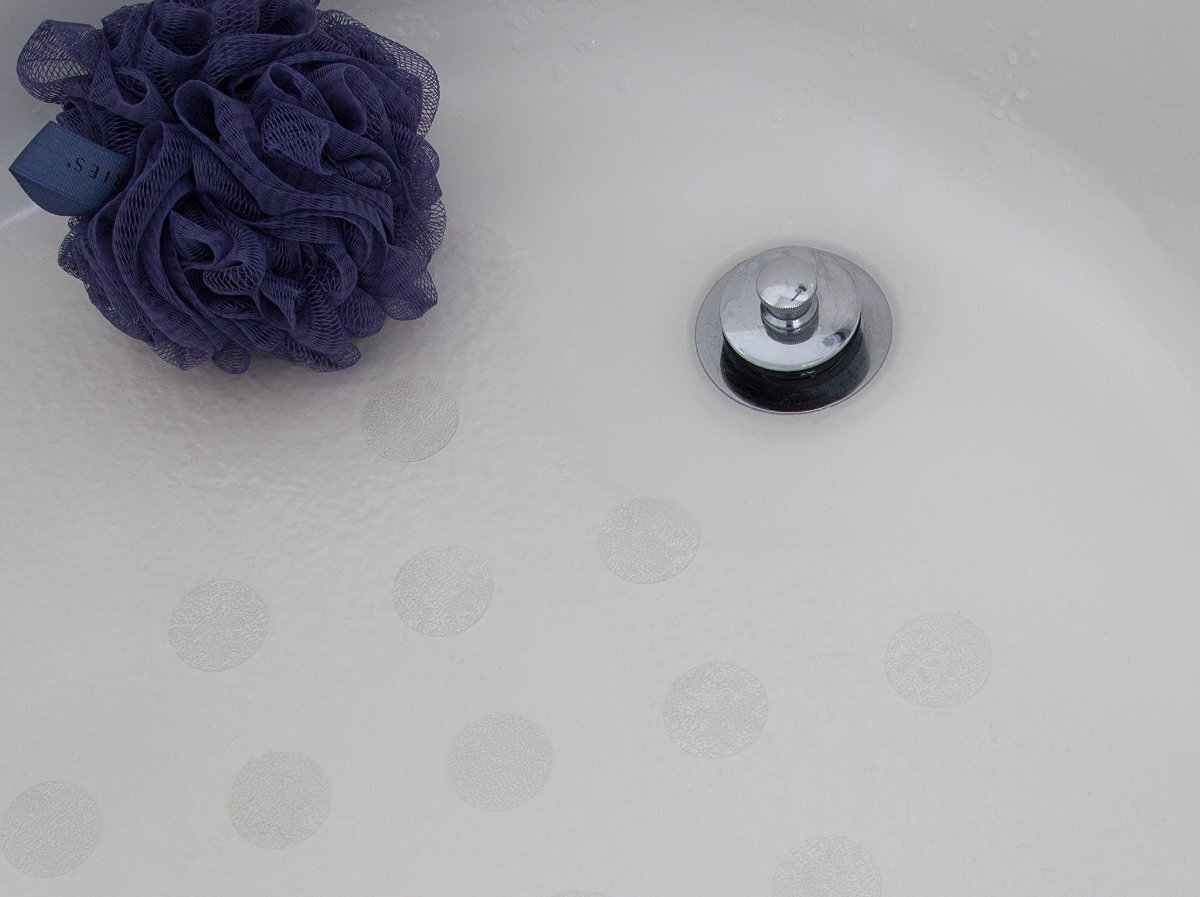
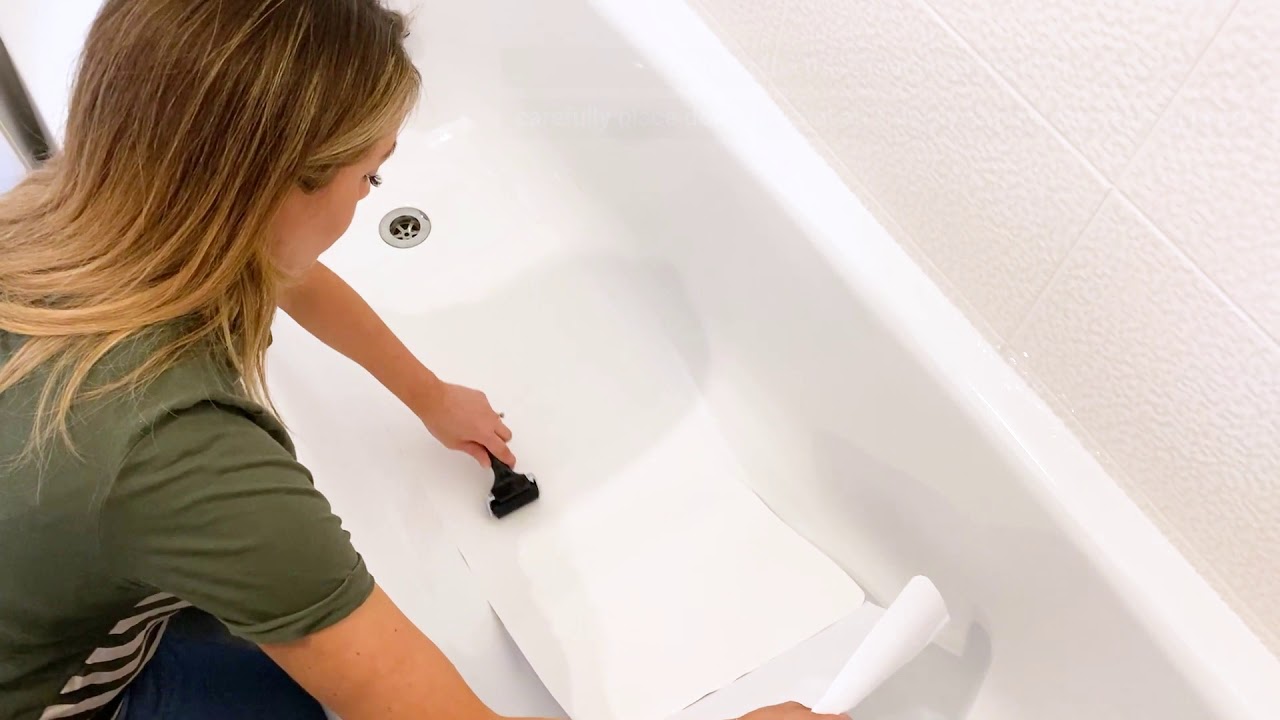
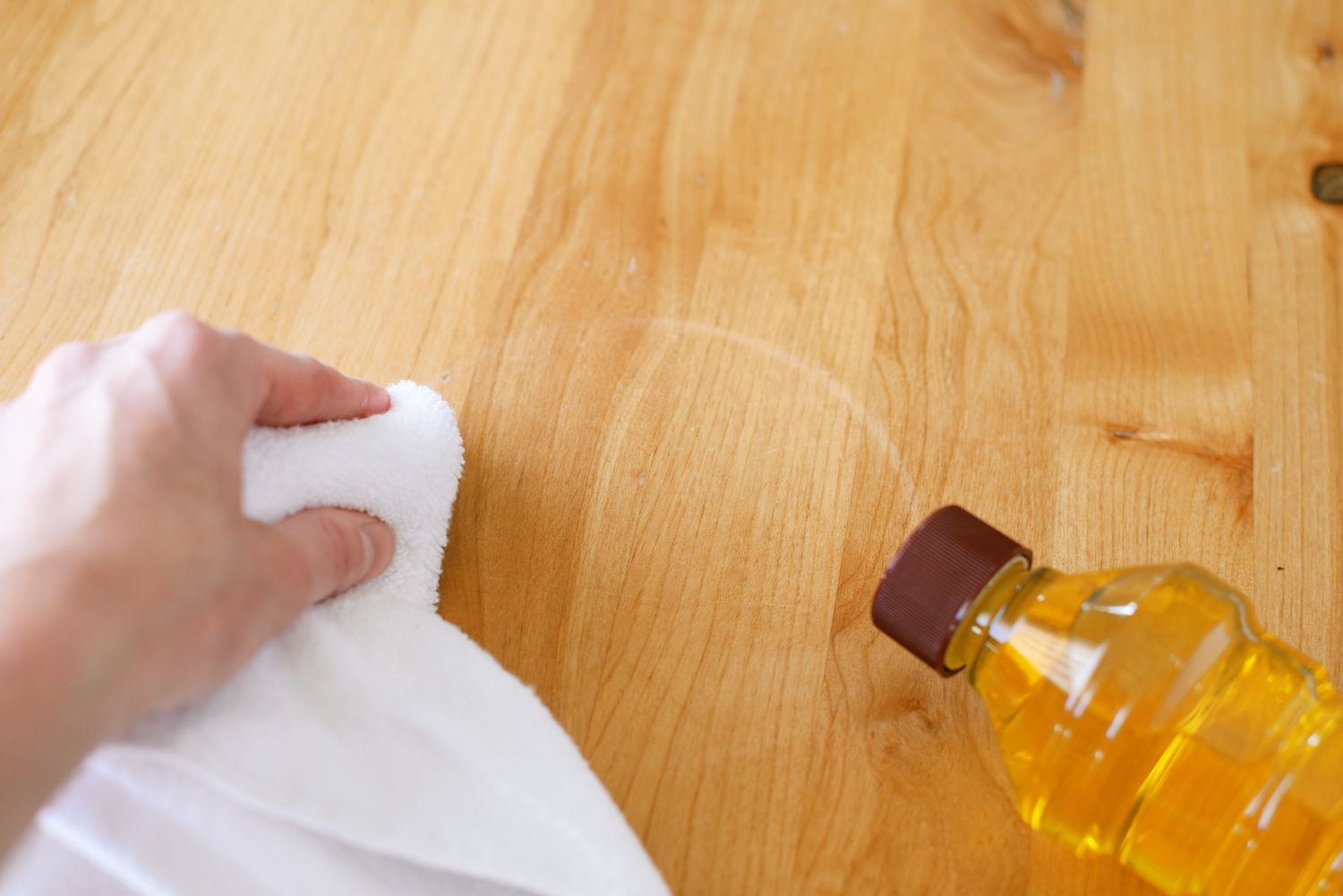
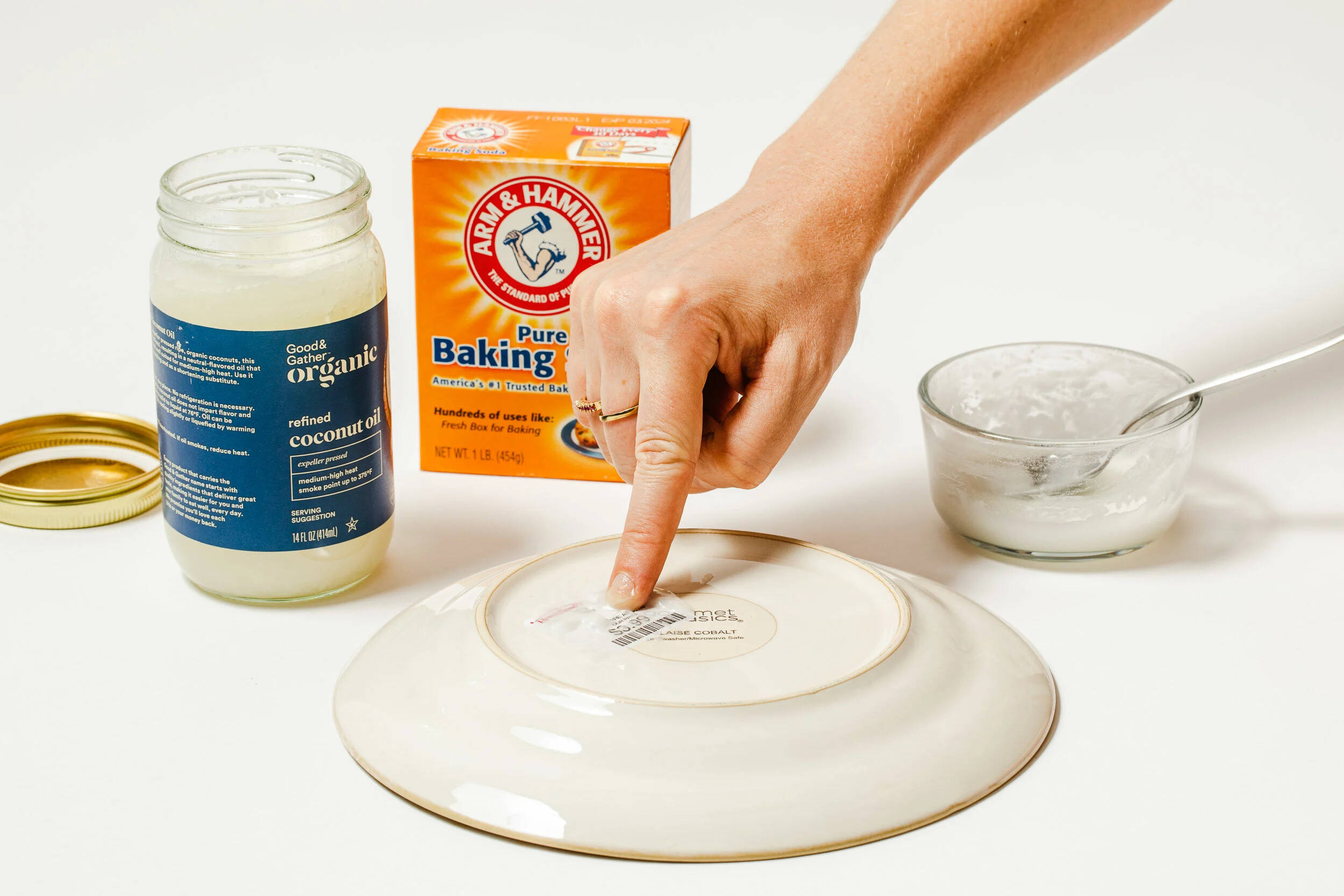
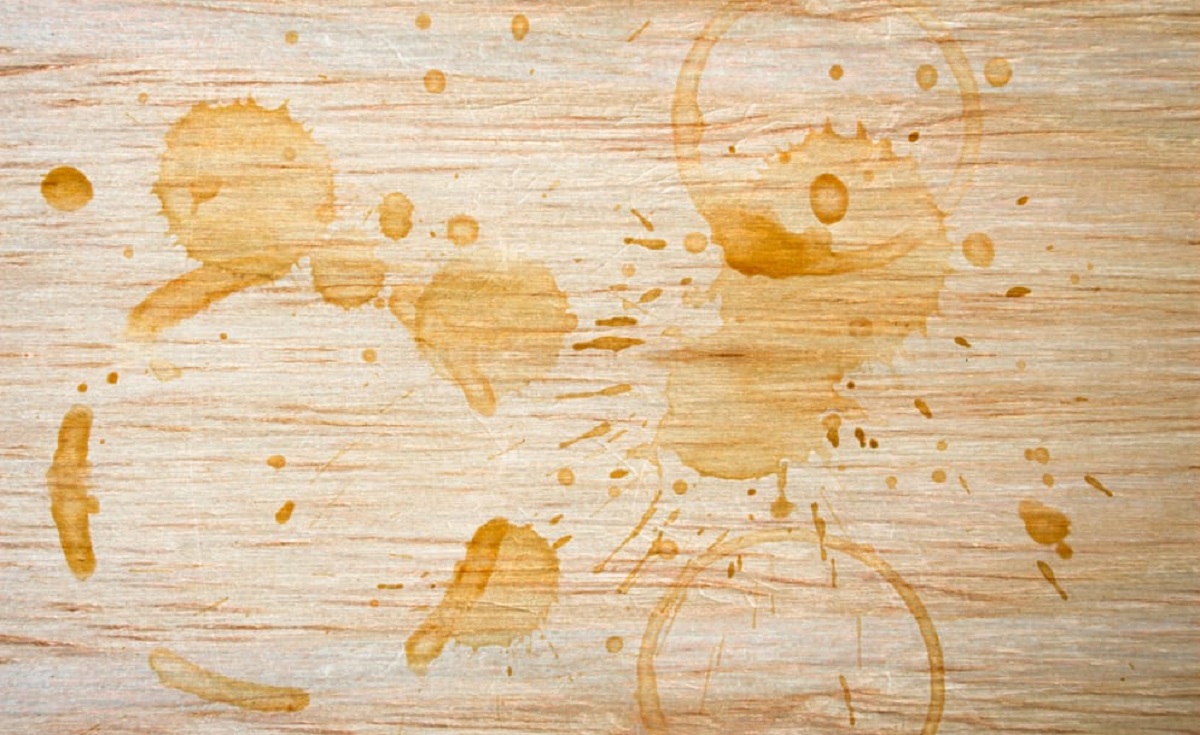
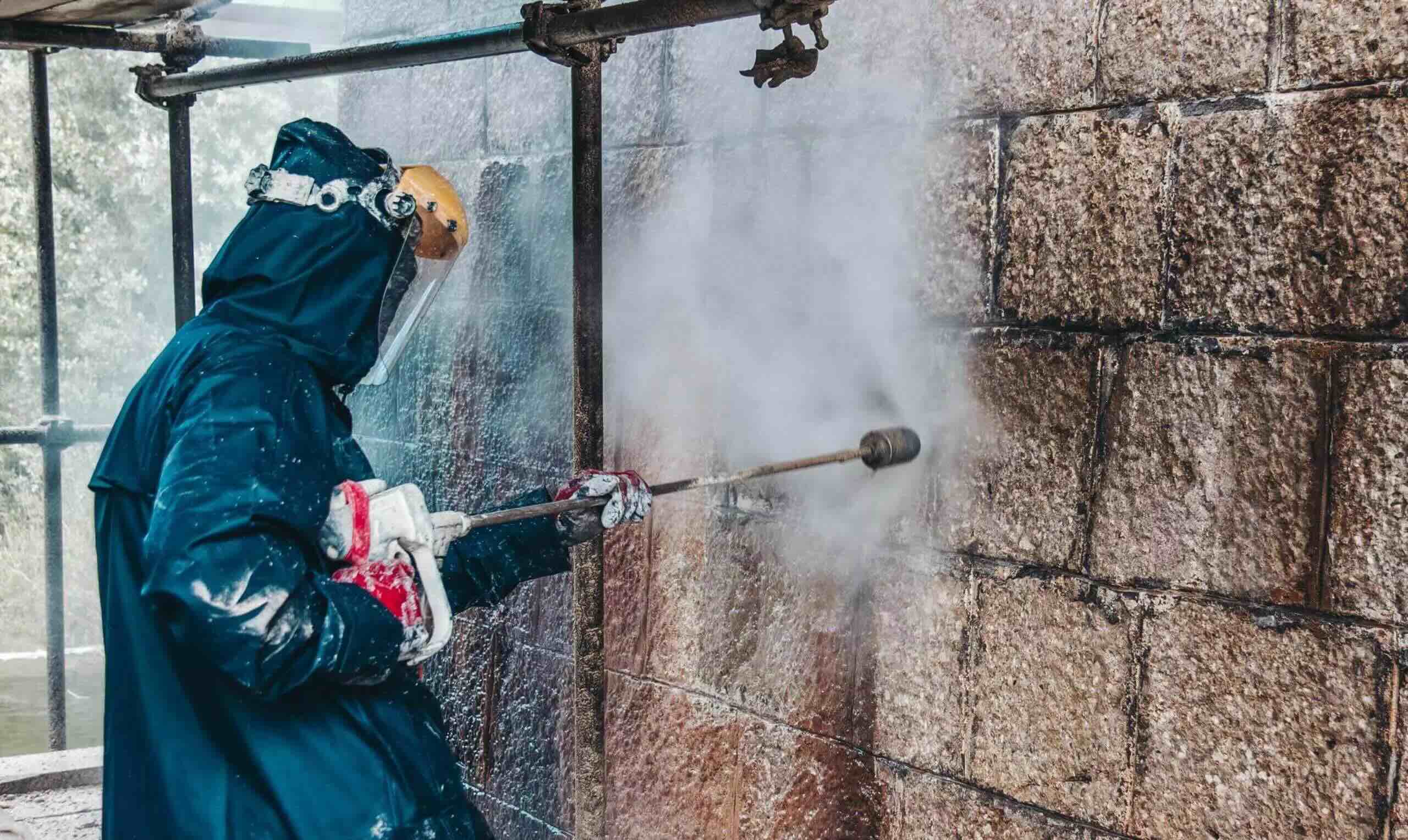

0 thoughts on “How To Remove Sticker From Wood Furniture”